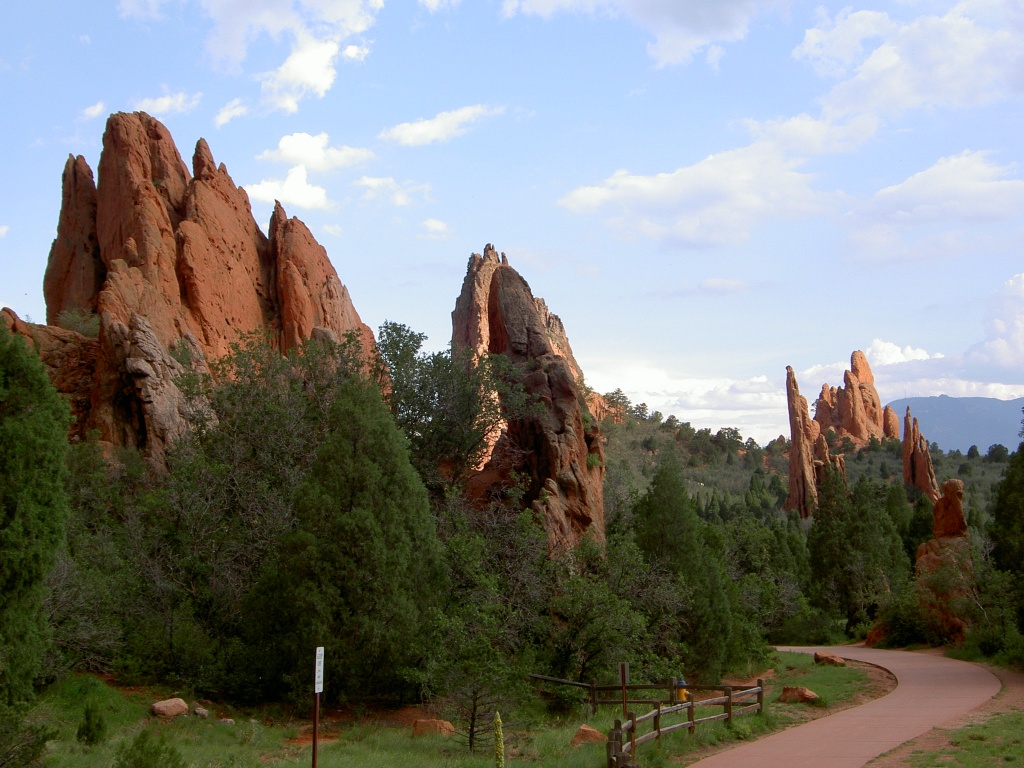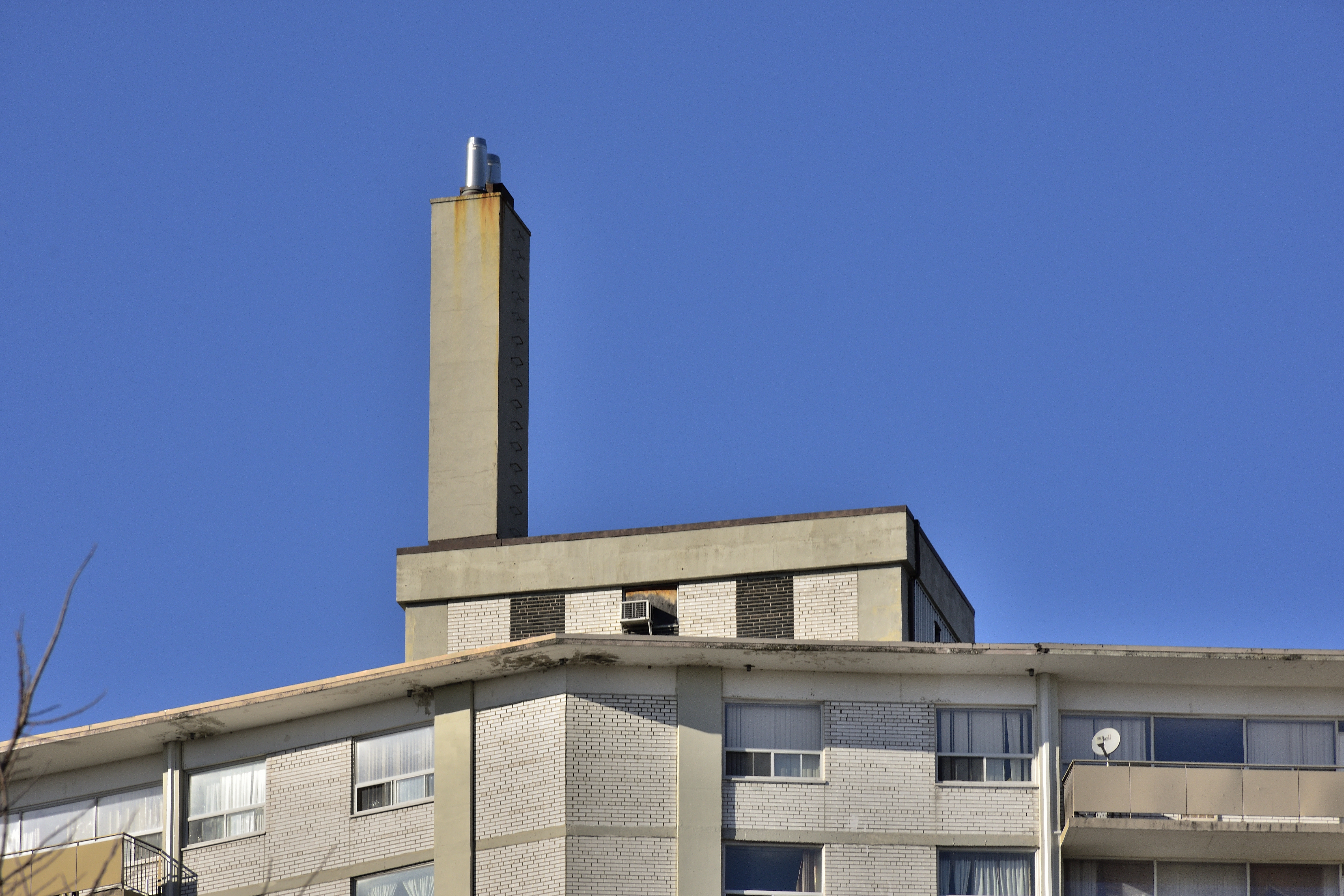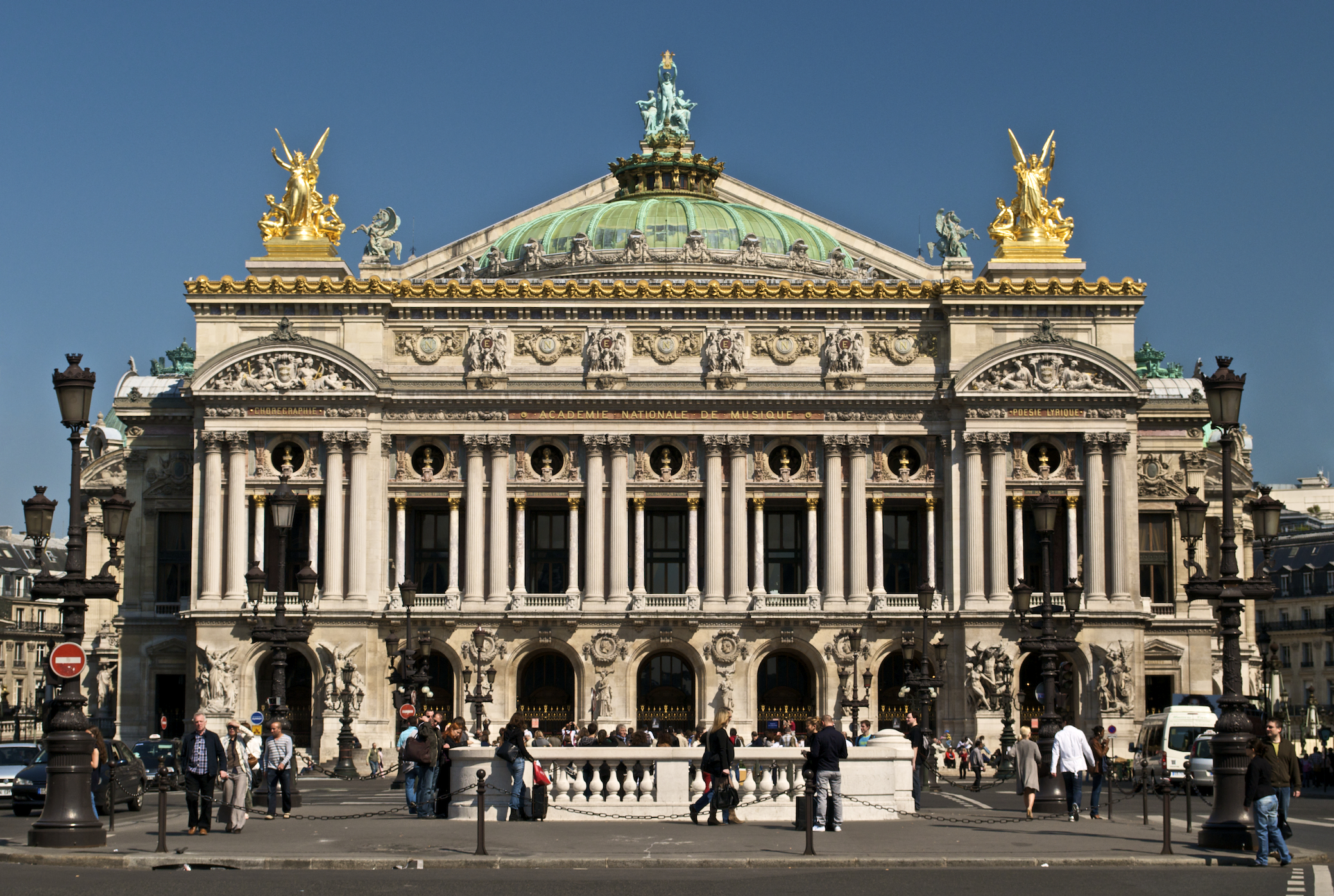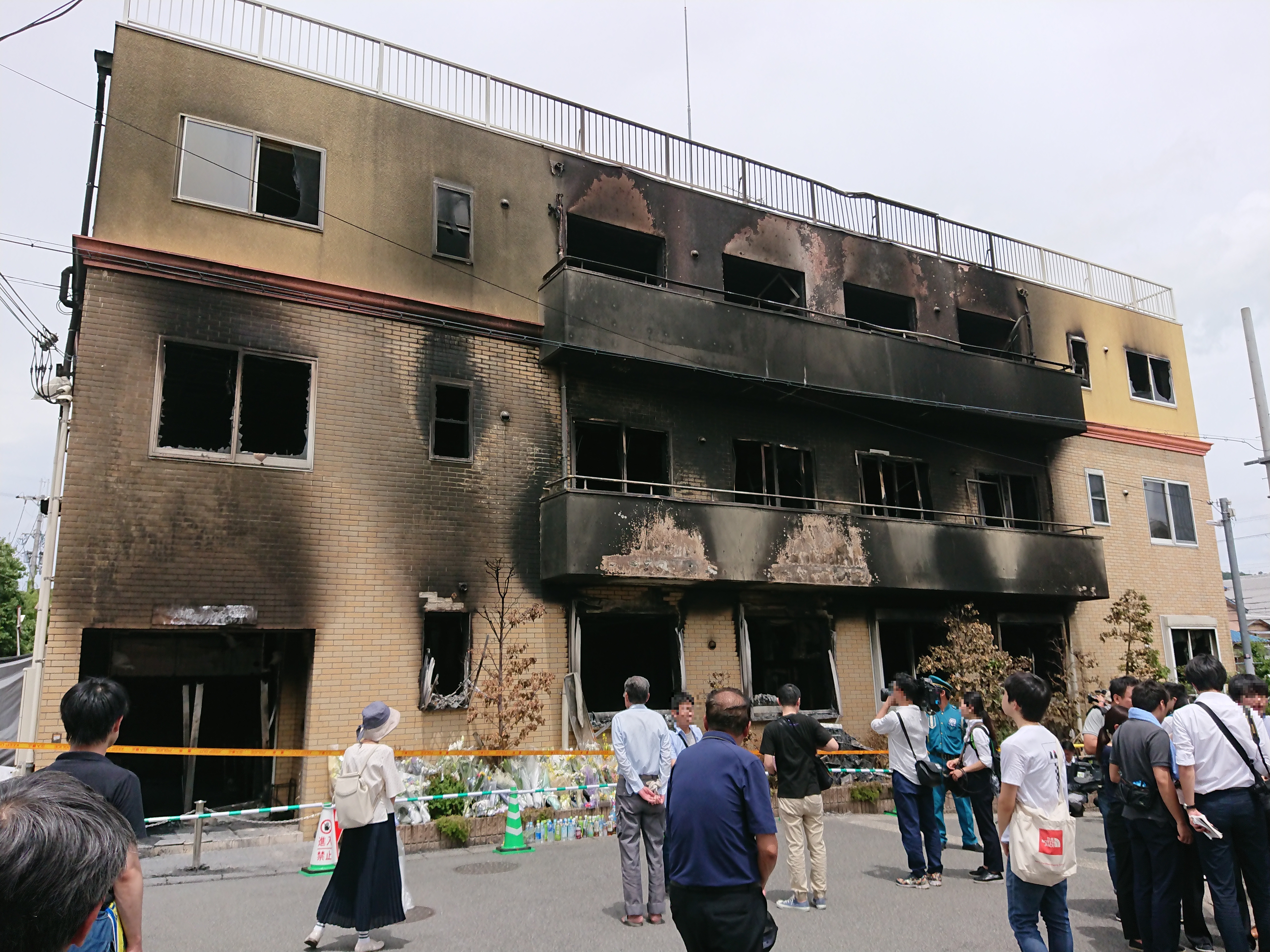|
Loveland Building And Coors Building
The Loveland Block and the Coors Building are adjacent historic storefront buildings in downtown Golden, Colorado. The Loveland Block, named for pioneer William A.H. Loveland, once served as the territorial capitol building of Colorado. Both buildings are listed on the National Register of Historic Places as a single entity. The Loveland Building is a two-story brick commercial block. Its front, flat-roofed section was built in 1863, and its rear, gabled roof portion was built in 1865-66. With History of the Loveland Block The Loveland Block was originally constructed as the forward portion of the present building in 1863, according to the building's cornerstone. It was built jointly by William A.H. Loveland and Golden City Lodge #1, Ancient Free and Accepted Masons, the first Masonic lodge in Colorado. Its building contractor was Duncan E. Harrison. Loveland occupied the first floor as his mercantile and the second floor served as the Masonic temple. The building wa ... [...More Info...] [...Related Items...] OR: [Wikipedia] [Google] [Baidu] |
Golden, Colorado
Golden is a home rule city that is the county seat of Jefferson County, Colorado, United States. The city population was 20,399 at the 2020 United States Census. Golden lies along Clear Creek at the base of the Front Range of the Rocky Mountains. Founded during the Pike's Peak Gold Rush on June 16, 1859, the mining camp was originally named Golden City in honor of Thomas L. Golden. Golden City served as the capital of the provisional Territory of Jefferson from 1860 to 1861, and capital of the official Territory of Colorado from 1862 to 1867. In 1867, the territorial capital was moved about east to Denver City. Golden is now a part of the Denver–Aurora–Lakewood, CO Metropolitan Statistical Area and the Front Range Urban Corridor. The Colorado School of Mines, offering programs in engineering and science, is located in Golden. In addition, it is also home to the National Renewable Energy Laboratory, National Earthquake Information Center, Coors Brewing Company, CoorsTek, ... [...More Info...] [...Related Items...] OR: [Wikipedia] [Google] [Baidu] |
Old Colorado City
Old Colorado City, formerly Colorado City, was once a town, but it is now a neighborhood within the city of Colorado Springs, Colorado. Its commercial district was listed on the National Register of Historic Places in 1982. It was founded during the Pikes Peak Gold Rush of 1859 and was involved in the mining industry, both as a supply hub and as a gold ore processing center beginning in the 1890s. Residents of Colorado City worked at some of the 50 coal mines of the Colorado Springs area. It was briefly the capital of the Colorado Territory. For many years, Colorado Springs prohibited the use of alcohol within its border due to the lifestyle of Colorado City's opium dens, bordellos, and saloons. It is now a tourist area, with boutiques, art galleries, and restaurants. Etymology It was initially and briefly known as El Dorado for the gold mines found during the gold rush. The name Colorado City was selected by its founders because of the red sandstone rocks and red outcropping ... [...More Info...] [...Related Items...] OR: [Wikipedia] [Google] [Baidu] |
National Register Of Historic Places Listings In Jefferson County, Colorado
__NOTOC__ This is a list of the National Register of Historic Places listings in Jefferson County, Colorado. This is intended to be a complete list of the properties and districts on the National Register of Historic Places in Jefferson County, Colorado, United States. The locations of National Register properties and districts for which the latitude and longitude coordinates are included below, may be seen in a map. There are 87 properties and districts listed on the National Register in the county, including 1 National Historic Landmark. Current listings See also * List of National Historic Landmarks in Colorado * National Register of Historic Places listings in Colorado There are more than 1,500 properties and historic districts in Colorado listed on the National Register of Historic Places. They are distributed over 63 of Colorado's 64 counties; only the City and County of Broo ... [...More Info...] [...Related Items...] OR: [Wikipedia] [Google] [Baidu] |
Coors Brewing Company
The Coors Brewing Company started as an American brewery and beer company in Golden, Colorado. In 2005, Adolph Coors Company, the holding company that owned Coors Brewing, merged with Molson, Inc. to become Molson Coors. The first Coors brewery location in Golden, Colorado is the largest single brewing facility operating in the world. History Founding In 1873, German immigrants Adolph Coors and Jacob Schueler from Prussia immigrated to the United States and established a brewery in Golden, Colorado, after buying a recipe for a Pilsner-style beer from a Czech immigrant William Silhan. Coors invested $2,000 in the operation, and Schueler invested $18,000. In 1880, Coors bought out his partner and became the sole owner of the brewery. Prohibition The Coors Brewing Company managed to survive Prohibition relatively intact. Years before the Volstead Act went into effect nationwide, Adolph Coors with sons Adolph Jr., Grover, and Herman established the Adolph Coors Br ... [...More Info...] [...Related Items...] OR: [Wikipedia] [Google] [Baidu] |
Adolph Coors
Adolph Herman Joseph Coors Sr. (February 4, 1847 – June 5, 1929) was a German American brewer who founded the Adolph Coors Company in Golden, Colorado, in 1873. Early years Adolph Hermann Joseph Kuhrs was born in Barmen in Rhenish Prussia on February 4, 1847, the son of Joseph Kuhrs (c. 1820–1862) and Helena Heim (c. 1820–1862). He was apprenticed at age thirteen to the book and stationery store of Andrea & Company in nearby Ruhrort from November 1860 until June 1862. His mother died on April 2, 1862. The Kuhrs family moved to Dortmund, Westphalia. In July 1862, Adolph was apprenticed for a three-year period at a brewery owned by Henry Wenker in Dortmund. He was charged a fee for his apprenticeship, so he worked as a bookkeeper to pay for it. His father died on November 24, 1862. Orphaned, Adolph completed his apprenticeship and continued to work as a paid employee at the Wenker Brewery until May 1867. He then worked at breweries in Kassel, Berlin, and Uelzen in Ger ... [...More Info...] [...Related Items...] OR: [Wikipedia] [Google] [Baidu] |
Chimneys
A chimney is an architectural ventilation structure made of masonry, clay or metal that isolates hot toxic exhaust gases or smoke produced by a boiler, stove, furnace, incinerator, or fireplace from human living areas. Chimneys are typically vertical, or as near as possible to vertical, to ensure that the gases flow smoothly, drawing air into the combustion in what is known as the stack, or chimney effect. The space inside a chimney is called the '' flue''. Chimneys are adjacent to large industrial refineries, fossil fuel combustion facilities or part of buildings, steam locomotives and ships. In the United States, the term '' smokestack industry'' refers to the environmental impacts of burning fossil fuels by industrial society, including the electric industry during its earliest history. The term ''smokestack'' (colloquially, ''stack'') is also used when referring to locomotive chimneys or ship chimneys, and the term ''funnel'' can also be used. The height of ... [...More Info...] [...Related Items...] OR: [Wikipedia] [Google] [Baidu] |
Mansard Roof
A mansard or mansard roof (also called a French roof or curb roof) is a four-sided gambrel-style hip roof characterised by two slopes on each of its sides, with the lower slope, punctured by dormer windows, at a steeper angle than the upper. The steep roof with windows creates an additional floor of habitable space (a garret), and reduces the overall height of the roof for a given number of habitable storeys. The upper slope of the roof may not be visible from street level when viewed from close proximity to the building. The earliest known example of a mansard roof is credited to Pierre Lescot on part of the Louvre built around 1550. This roof design was popularised in the early 17th century by François Mansart (1598–1666), an accomplished architect of the French Baroque period. It became especially fashionable during the Second French Empire (1852–1870) of Napoléon III. ''Mansard'' in Europe (France, Germany and elsewhere) also means the attic or garret space itsel ... [...More Info...] [...Related Items...] OR: [Wikipedia] [Google] [Baidu] |
Second Empire (architecture)
Second Empire style, also known as the Napoleon III style, is a highly eclectic style of architecture and decorative arts, which uses elements of many different historical styles, and also made innovative use of modern materials, such as iron frameworks and glass skylights. It flourished during the reign of Emperor Napoleon III in France (1852–1871) and had an important influence on architecture and decoration in the rest of Europe and North America. Major examples of the style include the Opéra Garnier (1862–1871) in Paris by Charles Garnier, the Bibliothèque nationale de France, the Church of Saint Augustine (1860–1871), and the Philadelphia City Hall (1871–1901). The architectural style was closely connected with Haussmann's renovation of Paris carried out during the Second Empire; the new buildings, such as the Opéra, were intended as the focal points of the new boulevards. Characteristics The Napoleon III or Second Empire style took its inspiration ... [...More Info...] [...Related Items...] OR: [Wikipedia] [Google] [Baidu] |
Germany
Germany, officially the Federal Republic of Germany (FRG),, is a country in Central Europe. It is the most populous member state of the European Union. Germany lies between the Baltic and North Sea to the north and the Alps to the south. Its 16 constituent states have a total population of over 84 million in an area of . It borders Denmark to the north, Poland and Czechia to the east, Austria and Switzerland to the south, and France, Luxembourg, Belgium, and the Netherlands to the west. The nation's capital and most populous city is Berlin and its main financial centre is Frankfurt; the largest urban area is the Ruhr. Settlement in what is now Germany began in the Lower Paleolithic, with various tribes inhabiting it from the Neolithic onward, chiefly the Celts. Various Germanic tribes have inhabited the northern parts of modern Germany since classical antiquity. A region named Germania was documented before AD 100. In 962, the Kingdom of Germany formed the ... [...More Info...] [...Related Items...] OR: [Wikipedia] [Google] [Baidu] |
Arsonist
Arson is the crime of willfully and deliberately setting fire to or charring property. Although the act of arson typically involves buildings, the term can also refer to the intentional burning of other things, such as motor vehicles, watercraft, or forests. The crime is typically classified as a felony, with instances involving a greater degree of risk to human life or property carrying a stricter penalty. Arson which results in death can be further prosecuted as manslaughter or murder. A common motive for arson is to commit insurance fraud. In such cases, a person destroys their own property by burning it and then lies about the cause in order to collect against their insurance policy. A person who commits arson is referred to as an arsonist, or a serial arsonist if arson has been committed several times. Arsonists normally use an accelerant (such as gasoline or kerosene) to ignite, propel and directionalize fires, and the detection and identification of ignitable l ... [...More Info...] [...Related Items...] OR: [Wikipedia] [Google] [Baidu] |
Jarvis Hall (Colorado)
Jarvis Hall was a Colorado liberal arts, grammar and military college from 1870–1904. Initiated in 1868 by Bishop George Maxwell Randall of the Protestant Episcopal Church and named after benefactor George A. Jarvis. The 1878-1882 building in Golden, Colorado remains as a private residence, and the 1882-1904 site near Denver is part of the Lowry Campus. Golden sites The first Jarvis Hall building under construction in Golden, Colorado, was blown down by an 1869 windstorm, on land donated by C. C. Welch. Jarvis provided funding for construction of a second Jarvis Hall building which was dedicated in October 1870. It was Colorado Territory's first collegiate institute. Two other buildings were added to what was called the Colorado University Schools, which School of Mines and St. Matthew Divinity, an Episcopalian seminary, flanked the central Jarvis Hall. Jarvis donated and solicited donation of books for the Jarvis Hall Library. Annual prizes were awarded at the school year en ... [...More Info...] [...Related Items...] OR: [Wikipedia] [Google] [Baidu] |
Colorado School Of Mines
The Colorado School of Mines, informally called Mines, is a public research university in Golden, Colorado, founded in 1874. The school offers both undergraduate and graduate degrees in engineering, science, and mathematics, with a focus on energy and the environment. While Mines does offer minor degrees in the humanities, arts, and social sciences, it only offers major degrees in STEM fields, with the exception of economics. In the Fall 2019 semester, the school had 6,607 students enrolled, with 5,155 in an undergraduate program and 1,452 in a graduate program. The school has been co-educational since its founding, however, enrollment remains predominantly male (69.2% as of Fall 2020). In every QS World University Ranking from 2016 to 2020, the university was ranked as the top institution in the world for mineral and mining engineering. It is classified among "R1: Doctoral Universities – Very high research activity". __toc__ History Early history Golden, Colorado, es ... [...More Info...] [...Related Items...] OR: [Wikipedia] [Google] [Baidu] |






